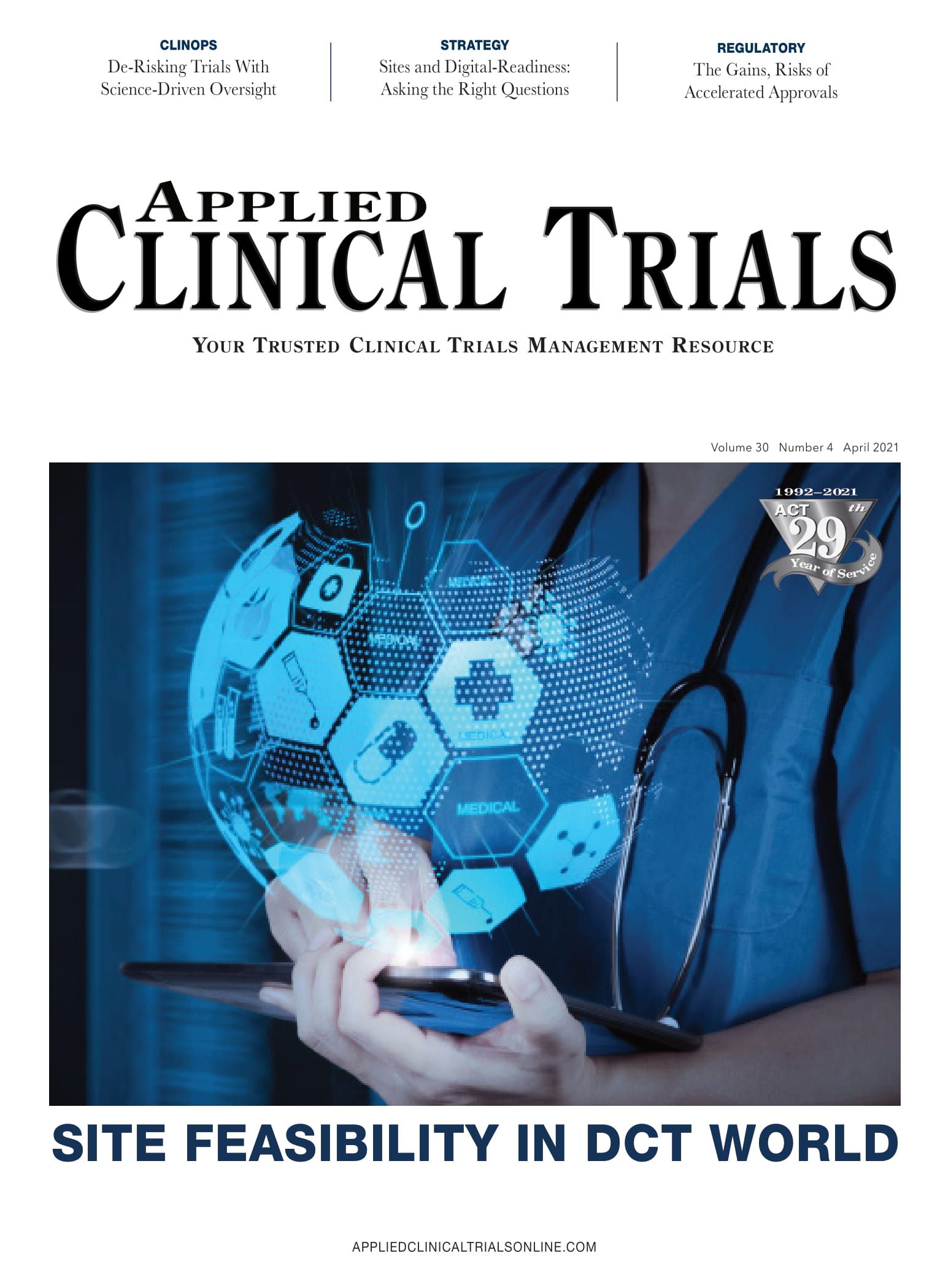Using Real-World Data in Patient Recruitment
Growing availability of RWD leads new drug development process.

The challenges of finding a large, representative patient sample for a study remain the biggest in drug and vaccine development. Identifying patient candidates via electronic health records (EHRs) has become increasingly powerful. However, complex study protocols, strict patient definitions, along with the mandatory sample size often require investigators to look for patients outside of the healthcare provider system to complete the study on time. A combination of real-world data (RWD) sources can be used to identify proxy measures enabling outreach for a study without jeopardizing privacy rules or directly targeting individuals.
The growing availability of RWD, including EHR, claims, disease registries, and device-collected health data, alongside new data science techniques to combine, protect, and share health data, have led to multiple applications in the new drug development process and in the management of a drug’s lifecycle. For example, in clinical research and operations, RWD is used to validate hypothesis, write clinical development plans, support study design, validate study protocols, and obtain information on study feasibility. This synopsis is focused on applying RWD on patient recruitment for a clinical study.
EHR adoption in clinical care has become more prevalent globally. EHR systems are also an integral part of clinical research. Systematic enhancements enable investigators to search for patients matching the study criteria. The federated EHR (FEHR) research model, developed within the European Innovative Medicine Initiative (IMI; EHR4CR project 2011-2016), provides trustworthy, real-time services via de-identified, aggregated EHR data from a growing network of healthcare organizations (HCO). The FEHR model provides a new level of HCO engagement since the data remains where it was created and in full control by the individual HCOs in the network.
Investigators using the FEHR model can mine the data and identify patients beyond their own clinic to others within the network. To help investigators go beyond the source of patients already known by HCOs, one complementary option is RWD-driven digital advertising to reach suitable study candidates. Whereas traditional digital advertising often results in burdensome screening activities for sites, RWD-driven digital outreach allows for enhanced targeting of suitable and motivated leads that can be referred to sites. This combination of FEHR technology and RWD-driven advertising offers synergies to boost the capability of finding and recruiting patients.
Accessing a growing RWD ecosystem, including consumer and behavioral data, and applying new data science techniques to protect, connect, and securely exchange matching data records, provides sponsors and researchers innovative ways of depicting a holistic patient view beyond clinical profiles found in an EHR system. Researchers can now isolate representative clinical cohorts using EHRs followed by a smart modeling technique matching the clinical cohort with predictable consumer markers, resulting in an expanded “look-a-like” pool of potential trial participants. The enlarged audience can be transitioned through a multiple-step matching approach using self-assessment questionnaires, healthcare professional interviews, and structured data matching against a patient’s medical record retrieved digitally.
The ability to model a suitable cohort using RWD and safely connect, qualify, and scale with measurable outcomes is a critical step forward in further improving the precision of isolating the right audience for a trial. Access to a large number of patients combined with smart-matching techniques are means for researchers to ensure a diverse study population and allow for a more strategic approach to clinical study management. Additionally, it represents a new way of connecting the general public with opportunities to learn and engage in clinical research as one option of care. This approach is particularly attractive for sponsors and CROs using virtual sites and conducting decentralized studies since it requires global reach of prospective subjects without borders.
Mats Sundgren, MSc, PhD, Director, Health Informatics, Data Science & Artificial Intelligence, BioPharmaceuticals R&D, AstraZeneca, Gothenburg, Sweden, Kaj Stenlöf, MD, PhD, Assoc. Prof., Carlanderska Hospital, Gothenburg, Sweden, Lollo Eriksson, MSc, PhD, Assoc. Prof., Chief Strategy Officer, Trialbee AB, Malmö, Sweden

Using Patient Reported Outcomes in Dermatology Trials
April 25th 2024In part 3 of this video interview with ACT editor Andy Studna, Melissa Mooney, director, eCOA sales engineering, IQVIA sheds light on the unique challenges of dermatology trials and how clinical outcome assessments can be implemented in them.